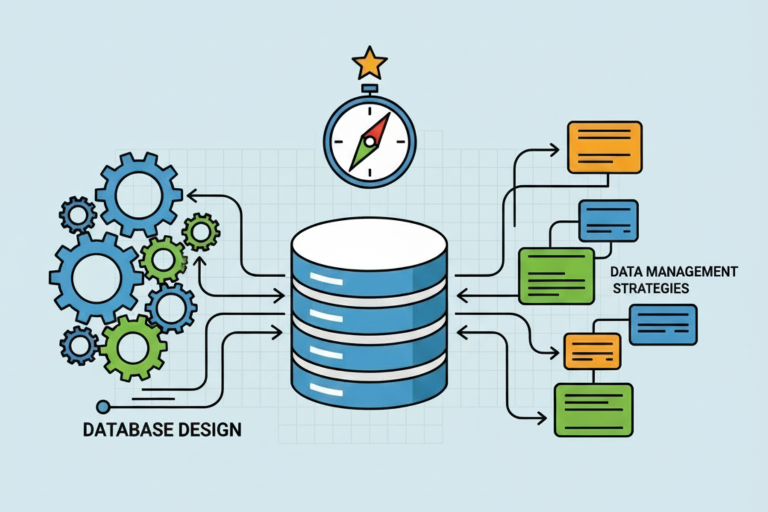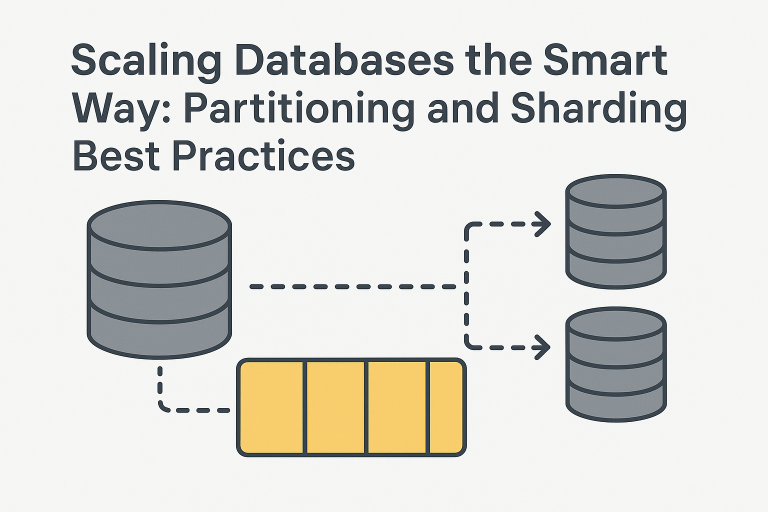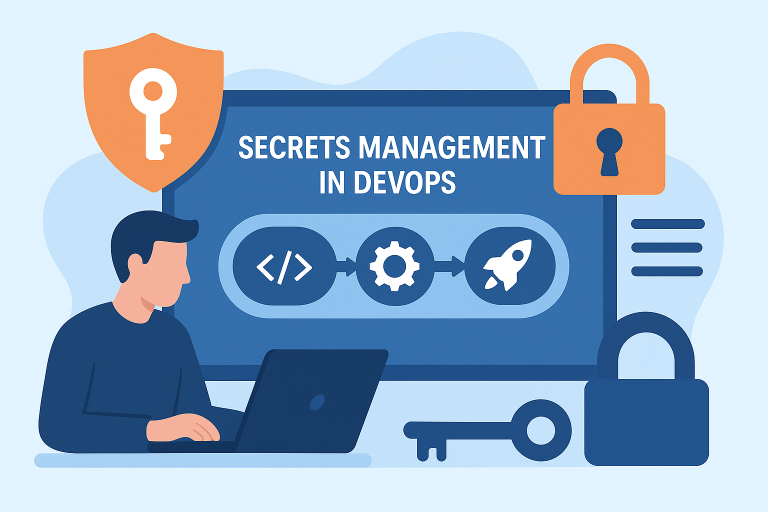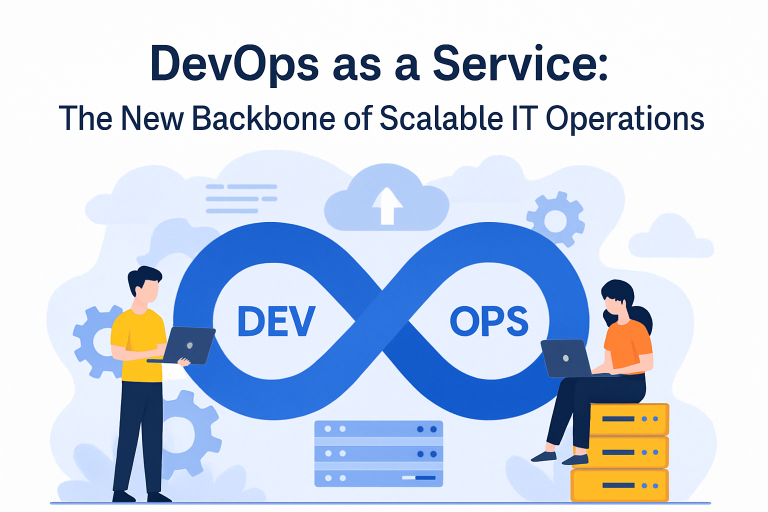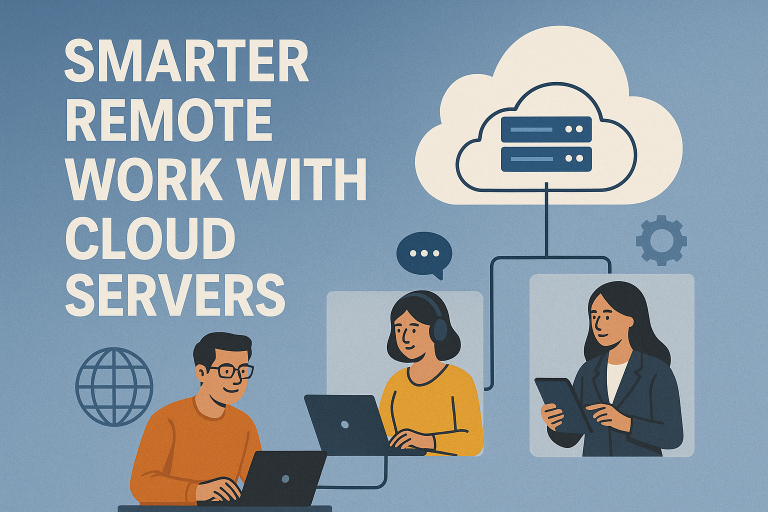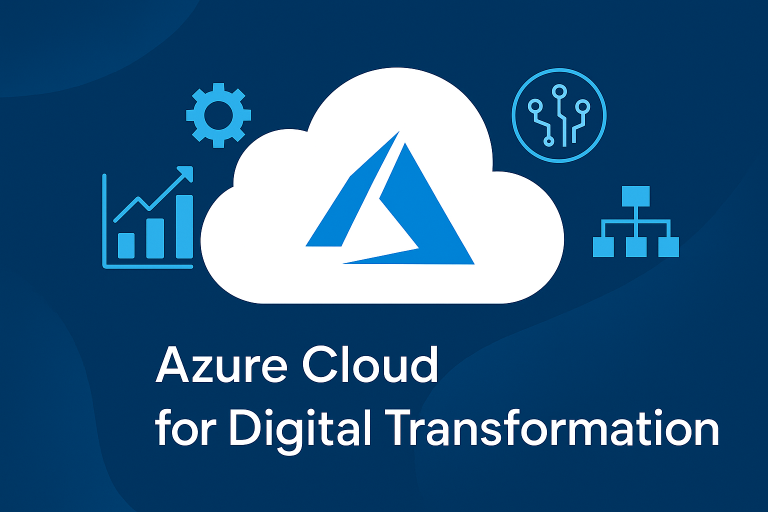
The role of IT is essential in nearly every business. Therefore, organizations must focus on cybersecurity, AI, cloud adoption, and advanced technologies to maintain smooth operations. In fact, in 2022, many organizations will seek tech leaders (CIO or vCIO) to build on their recent digital transformation successes. Considering today’s demands and the growing need for excellent customer experiences, here are the top IT priorities for the next 12 months.
1. Data Management, Security And Governance
With digital transformation, safeguarding all digital information has become a top concern for organizations. Moreover, with digital transformation, organizations continue to collect and use the ever-increasing business data. To counter constant cyber threats, implementing advanced security measures like Zero Trust and end-to-end encryption is essential. Along with cyber security, organizations need to be concerned about network security, cloud security, Internet of Things security, and application security.
Despite technological advancements, most companies still struggle with security breaches. According to Deloitte, in 2021, the average cost of a single data breach was $4.24 million, which was a 10% jump from 2019.
In this situation, cyber AI is an efficient way to protect data. Its pattern detection speeds up threat response and eases the burden on security analysts.
2. Adopt Automation
Starting from robotic process automation to low-code technologies, there are multiple options to make your application development process simple and fast. Though the automation of business processes can reduce the day-to-day workload for IT teams, you must ensure that those new applications meet the security standards. About half of all existing workload could be automated in the coming years, as next-level process automation and virtualization have become more obvious.
Automation frees IT professionals from routine maintenance, allowing more time for productive tasks.
A recent survey report shows that about 74% of respondents said that automation had helped their staff work more efficiently. 59% has reported that automation has helped in cost reductions of up to 30%.
3. Cloud Computing
Cloud migration and utilization are not just the ‘fit and forget’ type of concept. You need to take your CIOs’ or vCIOs’ help for more than a decade to implement cloud-based systems and services in your business. There is still much more to invent and implement in your industry. In the past two years, most organizations have rushed to implement more cloud services, and now it is the time to firm up and expand those platforms throughout the next year and beyond. With individual cloud services established, a multi- or hybrid-cloud approach now offers more optimized, cost-efficient solutions. According to industry analyst Gartner, most organizations, about 85%, will establish a cloud-first principle within the next five years.
Cloud databases and software-as-a-service are two of the widespread trends for the following year. The COVID-19 crisis and extensive remote work migration have pushed organizations to move critical workloads from on-premises to the cloud. As a result, there would be a loss of appetite for data centers even in the post-pandemic era. There are also multiple technologies like containerization, virtualization and edge computing, which are becoming more mainstream and influencing additional cloud spending.
4. Data Fabric
Data fabric is, without a doubt, one of the top tech trends to watch in 2022. It serves as both an architecture and a set of data services that provide flexible, resilient integration of data sources across platforms and business users. Moreover, data fabric ensures that data is accessible wherever it is needed, regardless of where it resides.
In addition, data fabric is specifically designed to help organizations address complex data challenges and manage their data more efficiently. By utilizing analytics, it can identify and recommend where data should be used and modified. As a result, data fabric can reduce data management efforts by up to 70%.
5. Cybersecurity Mesh
Cybersecurity mesh is a state-of-the-art cyber defence procedure that can individually secure each device with its perimeter. It is a flexible and holistic security approach that integrates widely distributed security services.
Cybersecurity mesh enables the best-of-breed security solutions for organizations to improve overall security while moving control points closer to their assets. It can verify identity, context, and policy fast and efficiently throughout cloud and non-cloud environments.
6. Privacy-Enhancing Computation
Privacy-enhancing computation (PEC) is the way of securing the processing of personal data in untrusted environments. PEC will be vital for organizations due to evolving privacy and data protection laws and growing consumer concerns.
PEC utilizes multiple privacy-protection techniques to extract value from sensitive information while still meeting compliance requirements.
7. Decision Intelligence
Decision intelligence is, in fact, a practical approach to enhancing organizational decision-making. By utilizing intelligence and analytics, each decision is represented as a set of processes, which helps inform, learn from, and refine future decisions.
Moreover, decision intelligence positively supports and influences human decision-making. It can even evaluate each choice through augmented analytics, artificial intelligence, and simulations, creating a robust framework for improvement.
8. Hyperautomation
It is an infrastructure of advanced technologies to rapidly identify, check, and automate as many business and IT processes as possible. With hyperautomation, you can enable scalability, remote operation and business model disruption.
9. Distributed Enterprises
Operating a business as a distributed enterprise enables the establishment of a digital-first, remote-first business model, which, in turn, enhances workforce experiences, digitalizes customer and partner touchpoints, and improves product experiences. Furthermore, with the distributed enterprise model, you can more effectively meet the needs of remote employees and consumers.
Conclusion:
To implement appropriate cutting-edge technologies to your business, you need to consult with CIOs and IT executives. They need to analyze how these above-mentioned practices and technologies can be implemented into your organization. You also need proper planning for implementation and technology adoptions over the next three to five years of the best result. You can consult your Managed IT service provider to provide you with the experts’ advice and help you opt the right technologies for your organization.
